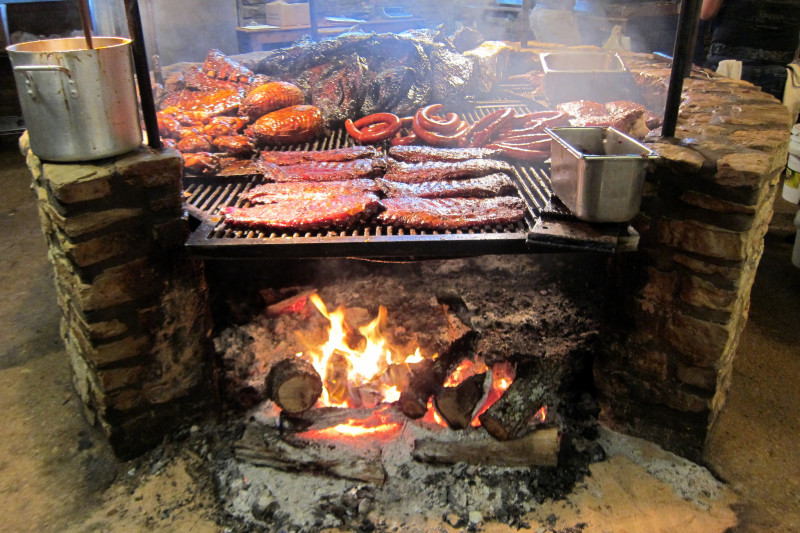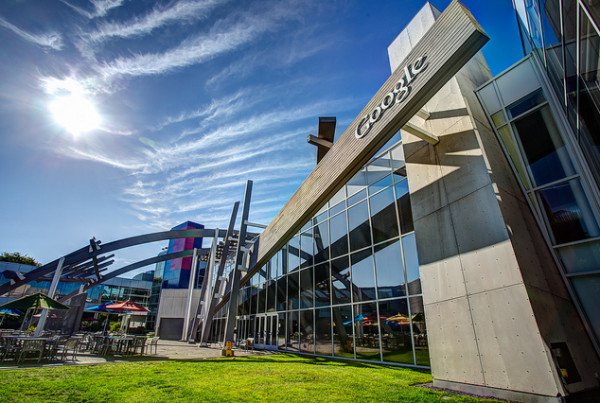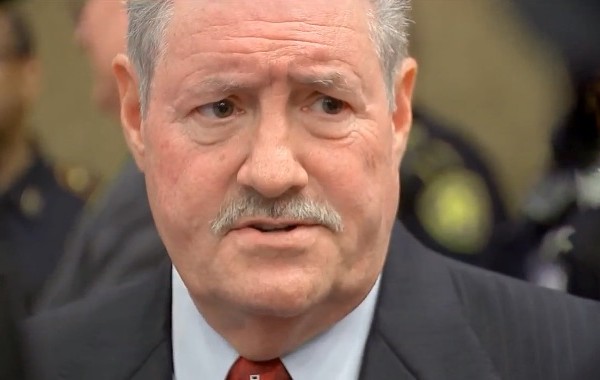Barbecue in the U.S. comes in all shapes and sizes. The multiple variations of sauces, cuts of meats, and rubs provide a distinction between certain regional styles of the dish. Or does it?
Barbecue homogenization is a current trend blurring the line between what makes a certain state’s barbecue unique from another’s. “It’s really seeing the specialties of specific regions being spread far and wide,” Daniel Vaughn, Texas Monthly’s barbecue editor, says. “There is something to say about the regionalism of each one of these barbecue styles. It’s part of what makes them special.”
There’s also some significant difference in the way that barbecue is cooked in different regions, Vaughn says. In the Carolinas, barbecue meat is usually cooked directly over hot coals. In Texas, we smoke our brisket.
On the other hand, we can’t ask pit masters to ignore the fact that any and every protein is available for order from their food supplier, Vaughn says. The trend started with the way barbecue knowledge has spread, with pit tips available on YouTube.
“It’s not that hard to learn via satellite how to cook a brisket, whether you’re in Seattle or Miami,” Vaughn says.
So what’s his verdict? “The more good barbecue there is out there for everybody, the better,” Vaughn says.















